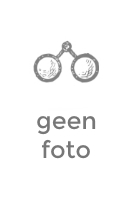Archaeology of Salt. Approaching an invisible past. - BRIGAND, R. and E. WELLER, (eds.),

KORTE INHOUD
Salt is an invisible object for research in archaeology. However, ancient writings, ethnographic studies and the evidence of archaeological exploitation highlight it as an essential reference for humanity. Both an edible product and a crucial element for food preservation, it has been used by the first human settlements as soon as food storage appeared (Neolithic). As far as the history of food habits (both nutrition and preservation) is concerned, the identification and the use of that resource certainly proves a revolution as meaningful as the domestication of plants and wild animals. On a global scale, the development of new economic forms based on the management of food surplus went along an increased use of saline resources through a specific technical knowledge, aimed at the extraction of salt from its natural supports. Considering the variety of former practices observed until now, a pluralist approach based on human as well as environmental sciences is required. It allows a better knowledge of the his...
2015zie alle details...
Categorie
Exclusief te koop bij deze verkoper

Leiden, 2015. 228p. ills.(B&W and full colour photographs). Large paperback. [Antiquarian] [Auteur: BRIGAND, R. and E. WELLER, (eds.),] [Uitgever: Sidestone Press] [Jaar: 2015] [Titel: Archaeology of Salt. Approaching an invisible past.]

